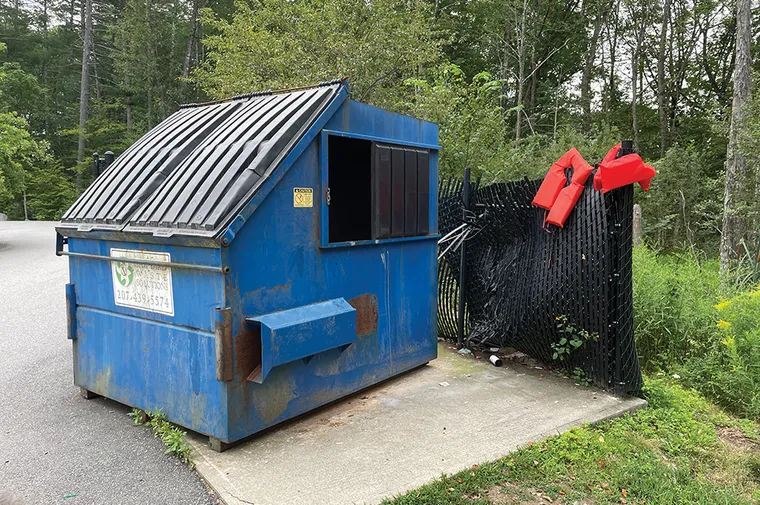How tossing out old safety gear could kill someone
Q: What’s wrong with this photo?
A: The two old life jackets or PFDs (personal flotation devices) have been draped over the fence for someone else to use.
Whoever hung these life jackets on the fence was clearly done with them and certainly meant well. Maybe their kids grew out of them, and they thought someone else using the jackets would be better than tossing them in the dumpster. Or maybe they smelled musty. Or maybe the family sold their canoe. Whatever the reason, the owner’s misguided generosity has lethal potential.
Whoever wears one of these life jackets in the water next might experience another surprise: The worn buckle pops open. Or the frayed straps rip off. Or the sun-damaged fabric tears apart. Were any of these surprise events to occur, the life jacket will fail to keep that person’s head above water, possibly leading to a tragic consequence: a preventable drowning.


